The Exciting World of Schutzhund Training for Dogs
Schutzhund (German for “protection dog”) is an advanced 3-phase canine sport focused on developing dogs’ obedience, tracking, and protection work. Also known as IGP (Internationale Gebrauchshund Prüfung) and previously IPO (Internationale Prüfungs-Ordnung), Schutzhund/IGP originated in Germany in the early 1900s as a test for the German Shepherd breed.
Today, many dog breeds can participate in Schutzhund/IGP trials, which are governed by organizations like the SV (Verein für Deutsche Schäferhunde), DVG (Deutscher Verband der Gebrauchshundsportvereine), and USA (United Schutzhund Clubs of America). Here is an expanded history of Schutzhund’s training with additional details.
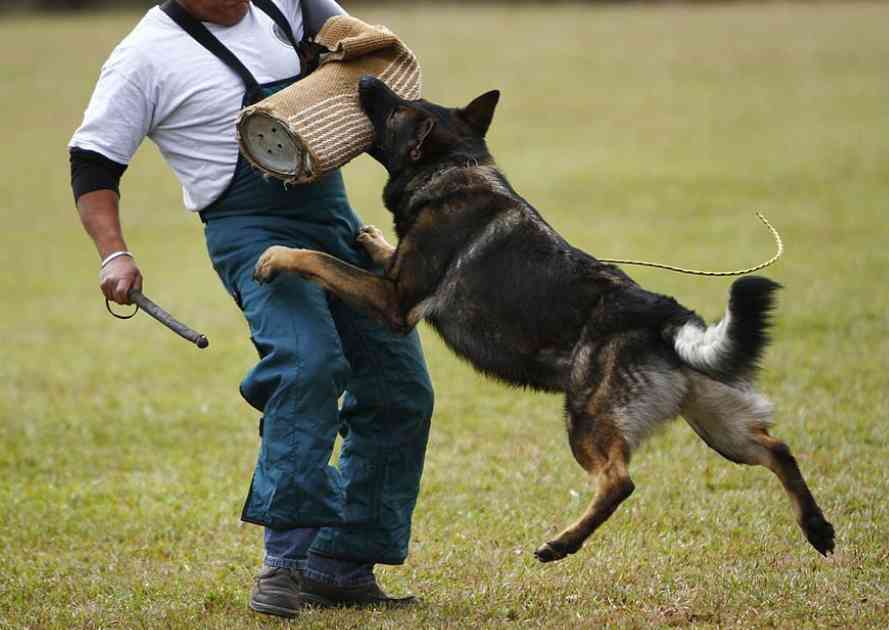
Table of Contents
- The History of Schutzhund Dog Training
- Major Organizations Governing Schutzhund
- Schutzhund Titles and Requirements
- 3 phases in Schutzhund training
- Key things judges evaluate in a Schutzhund trial
- Working capabilities of Schutzhund-trained dogs
- Getting started in Schutzhund
- Factors to consider when deciding Schutzhund
- Conclusion
The History of Schutzhund Dog Training
Schutzhund originated in Germany in the early 1900s as a breed suitability test for German Shepherds. The intent was to identify dogs with the traits necessary for police, military, and service work.
In 1901, Captain Max von Stephanitz founded the Verein für Deutsche Schäferhunde (SV) and developed a breed standard and breed survey for the German Shepherd Dog. This included a Schutzhund test evaluating a dog’s protection abilities.
By 1906, Germany had over 50 Schutzhund clubs dedicated to German Shepherd “breeding, training, and testing”. Schutzhund spread to other European countries in the 1920s-1930s.
In the 1970s, Schutzhund opened to other breeds like Dobermans, Rottweilers, and Boxers. The sport grew internationally, including founding of the United Schutzhund Clubs of America (USCA) in 1976.
Major Organizations Governing Schutzhund
- Verein für Deutsche Schäferhunde (SV): Founded in 1901 to govern German Shepherds in Germany. Oversaw Schutzhund until 2004.
- Deutscher Hundesportverein (DHV): Formed in 1957 as Germany’s governing body for IPO, it shared IPO oversight until 2004.
- Federation Cynologique Internationale (FCI): The Federation Cynologique Internationale (FCI) is an international governing body responsible for administering the IGP (Schutzhund) world championships since 2004. Establishes guidelines and protocols for breeding and conducting trials.
- United Schutzhund Clubs of America (USCA): Formed in 1976 as an IPO governing body in the USA and an affiliate of SV. Still active today.
Over 100+ Schutzhund/IPO clubs operate in the USA under USCA and other organizations like AWDA and AWDF. Competition levels include regional, national, and international championships.
While open to all breeds today, Schutzhund/IGP remains dominated by German Shepherds, Belgian Malinois, Dobermans, and Rottweilers. The sport continues to serve its original purpose – identifying and preserving the working traits of these breeds. Here are the different Schutzhund titles and requirements.
Schutzhund Titles and Requirements
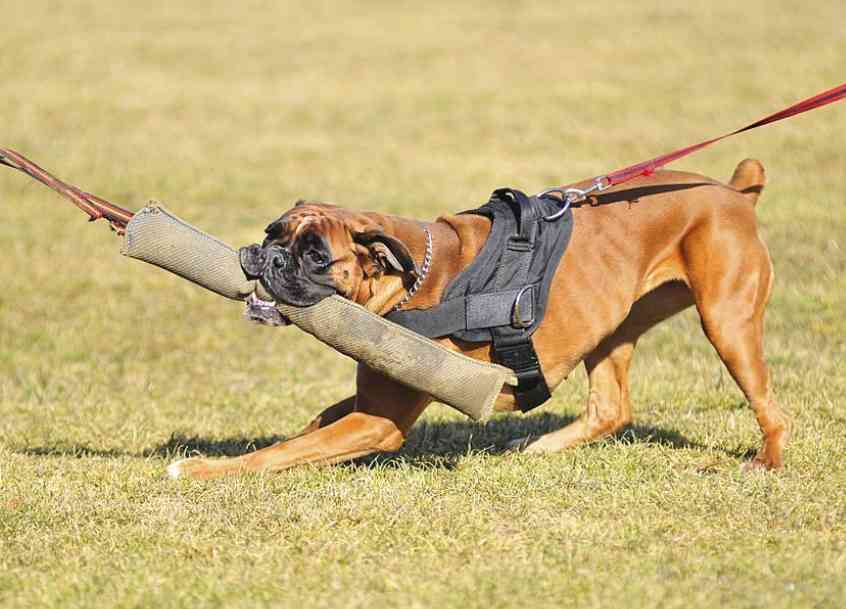
BH Degree (Begleithundprüfung)
- Temperament test
- Basic obedience (heeling, sit, down, stay, recall)
- Behavior around people, crowds, traffic
- Prerequisite for all other titles
SchH1/IPO1/IGP1 (Novice)
- Minimum Age: 18 months
- Phase A Obedience: Heeling, retrieving object, send out, down stay
- Phase B Tracking: 440-yard track, 3 turns, 2 articles
- Phase C Protection: Search, bark and hold, defense
- Minimum score: 70 points per phase
SchH2/IPO2/IGP2 (Intermediate)
- Minimum Age: 19 months
- More complex obedience, dumbbell recall
- 990-yard track, 5 turns, 3 articles
- Protection with escape, drive, and courage tests
- Minimum score: 70 points per phase
SchH3/IPO3/IGP3 (Advanced)
- Minimum Age: 20 months
- Highest level of obedience and protection
- 1320-yard track, 7 turns, 4 articles
- Courage test under gunfire
- Minimum score: 80 points per phase
FH1 and FH2 (Advanced Tracking)
- Not part of the main titles
- FH1: 1800-yard track, 8 turns, 5 articles
- FH2: 2500-yard track, 10 turns, 8 articles
3 phases in Schutzhund training

Phase 1 – Obedience
The obedience phase evaluates the dog’s willingness to obey commands precisely regardless of distractions. Key exercises include:
- Heeling – The dog must walk in the exact heel position while remaining attentive to the handler. This is tested on and off-leash with varying pace. The dog must maintain the correct heel position, whether moving, halting, turning, or circling objects.
- Static Positions – The dog must quickly perform sits, downs, and stands from motion and stationary positions. Positions must be held until released.
- Retrieve Exercises – The dog is sent to retrieve objects (dumbbells, gloves, etc.) over various obstacles, including scaling a wall or completing a jump. Objects progressively increase in weight at higher levels.
- Send Out – The dog is commanded to run away from the handler in a straight line to a designated marker, then down on command. Tests control from a distance.
- Down Stay – With the handler out of sight, the dog must remain down while another dog completes an obedience routine nearby. This tests distraction and nerve strength.
Higher titles require more complex heeling patterns, jumping on/off moving objects, and retrieval exercises. Scoring is based on precision, speed, enthusiasm, and overall control. The dog must demonstrate focused heelwork, prompt reaction to commands, and confidence throughout the routine.
Phase 2 – Tracking
The tracking phase evaluates the dog’s scenting ability and mental focus while following a trail. The tracklayer walks a path, laying the scent trail, and then, after some time, the dog attempts to follow it.
Elements include:
- Length and age of track varies by title level
- The track has multiple turns, encouraging the dog to use its nose rather than just follow a straight line
- Articles are left along the path for the dog to find and indicate
The handler follows the dog on a 33ft leash. The dog must systematically work out the track using its nose and problem-solving abilities.
Phase 3 – Protection
Protection phase assesses the dog’s courage, ability to respond to threats, and obedience control.
Exercises include:
- Search – The dog is directed to search for and find the “decoy” hiding in a blind or behind bushes.
- Bark and Hold – The dog confronts the decoy and barks to indicate the threat until commanded to stop. Tests assertiveness.
- Defense – The decoy threatens and challenges the dog, which must show courage and willingness to engage the decoy when commanded.
- Escape Bite – The Decoy attempts to flee, and the dog is sent to catch and bite a protected sleeve on command and tests speed and grip.
- Attack on Handler – Decoy confronts and threatens the handler, and the dog must intervene and bite the sleeve without hesitation. Assesses protectiveness.
- Transport – The dog is commanded to grip and hold the decoy’s sleeve while escorting it to the handler. Evaluate grip, courage, and control.
Throughout these tests, the dog is closely evaluated on its reactions, bite quality, grip, assertiveness, control, and resilience under pressure. Safety is also paramount.
Key things judges evaluate in a Schutzhund trial
Obedience
- Accuracy and precision in following commands
- Focus, enthusiasm, and attitude
- Quality of heelwork on and off-leash
- Speed and correctness of positions
- Steadiness during stay exercises
- Retrieve object willingness and control
Tracking
- Ability to systematically work out the track using air scenting
- Determination in finding articles along the path
- Mental focus and consistency following the track
- Indication and retrieval of articles
- Searches thoroughly yet efficiently
Protection
- Courage and assertiveness engaging the decoy
- Full, firm, calm grip on the sleeve
- Quick reaction and speed apprehending decoy
- Resilience and control under pressure
- Commitment to engage decoy despite distractions
- Outing and release on command
- Willingness to protect handler if threatened
To earn a title, dogs must score 70+ points in each phase, displaying willingness, control, and strong working ability throughout the demanding exercises.
Working capabilities of Schutzhund-trained dogs
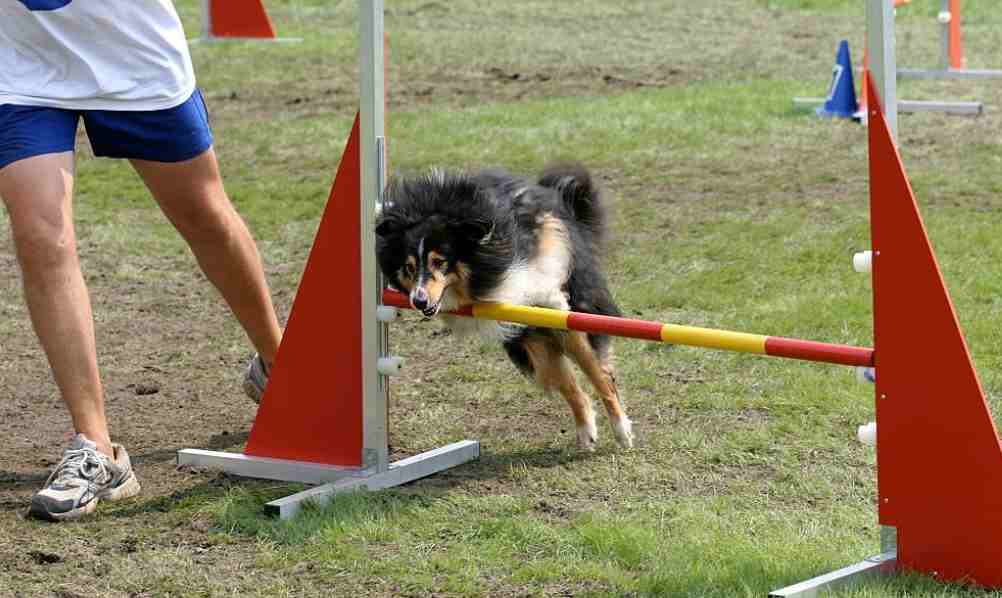
- Police & Military – Excellent foundation for police K9, military working dogs, and other service roles. Already trained in scentwork, obedience, and protection.
- Personal Protection – Alert and protective nature combined with control makes them ideal for personal/home defense. Will deter threats yet remain safe.
- Search & Rescue – Strong scenting ability, endurance, and training in tracking make them well-suited for wilderness SAR.
- Herding – Instinctive herding breeds excel at applying their natural skills to stock work.
- Therapy – With proper temperament screening, Schutzhund dogs can provide service/therapy work despite protective instinct.
- Detection – Scent detection work, including drug/bomb/contraband detection, builds on tracking abilities.
- Competition – Can transition into competitive obedience, agility, and protection sports with additional training.
- Family Guardians – Make exceptional family companions – loyal, obedient, and devoted. Courageous yet stable. Good with children.
A well-bred, properly trained Schutzhund dog has an exceptional working ability while remaining a loving, trustworthy family member. With the proper handling, they transition seamlessly from work to home life.
Getting started in Schutzhund
- Locate a club – The best way to start is by joining a Schutzhund club. This provides training, support, and trial access. Use Ssuusa.org and Dvgamerica.com to find local clubs.
- Get the right dog – While any breed can participate, traditional protection breeds like German Shepherd, Malinois, and Rottweiler have advantages. But research breeders with dogs bred for the work.
- Start young – Begin foundation training on obedience, focus, and control as a puppy. Formal training starts at 1 year old.
- Invest time – Commit significant time to training, club events, and trials. It requires weekly training sessions plus daily at-home work.
- Learn methodology – Seek guidance from experienced members on proper motivational training methods. Avoid dominance or force-based techniques.
- Consider costs – Club membership fees ($500-1000/year) offset professional training costs. Overall investment averages $4000+ to reach the competition.
- Build a relationship – Develop an exceptional bond with your dog through positive, rewarding training. This partnership is key.
Take it slowly, research, find a good mentor, and enjoy the training journey with your dog! Schutzhund teaches focus, control, and skill development that lasts a lifetime.
Basic tips for getting started with Schutzhund training
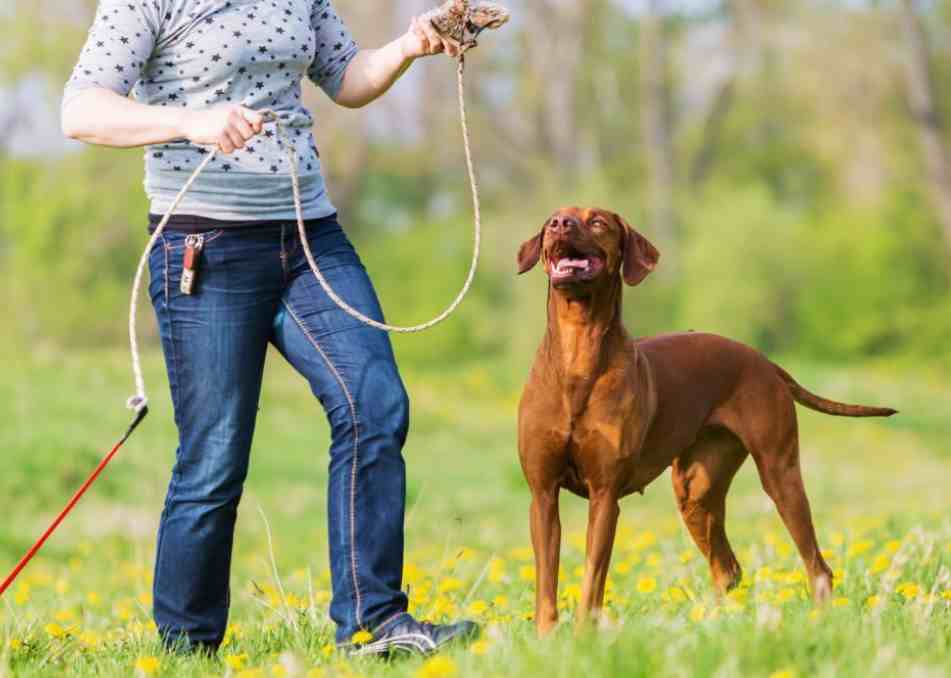
- Use positive reinforcement – Motivate the dog through rewards like food, toys, and praise rather than physical corrections. This builds engagement and willingness.
- Focus on building drive – Use play, prey drive, and toys to bring out the dog’s natural energy and enthusiasm for the work. Avoid drill-type obedience.
- Develop focus and relationship – Work on attention and engagement with the handler and Bond through motivational training.
- Master the basic commands – Solidify heel, sit, down, stay, come, out first. Control and precision are key foundations.
- Socialize extensively – Ensure the dog is exposed to diverse environments, people, dogs, surfaces, stimuli, etc., to build confidence.
- Allow the dog to win and succeed – Set up training scenarios the dog can conquer while learning. Avoid overwhelming the dog.
- Join a club for guidance – Training alone can lead to poor technique. Experienced mentors are invaluable for novice handlers.
- Be patient and persistent – Take training in small increments. Stay motivated on tough or slow days. Celebrate small achievements.
The journey to high-level Schutzhund requires dedication over the years. But thoughtfully laying the proper foundation sets up long-term success.
Common myths about Schutzhund training
- Schutzhund dogs must pass strict temperament tests proving stability before being titled. Poor temperaments are quickly washed out.
- Obedience and control are paramount in Schutzhund. Dogs are taught only to bite specific equipment on specific commands.
- Dogs are motivated through prey drive and positive reinforcement like toys – not defense drive. This builds confidence without aggression.
- Dogs thoroughly enjoy the mental and physical challenges of tracking, obedience, and protection. This is an outlet for their abilities.
- Training focuses on engagement and willingness through positive methods. Force-based techniques are frowned upon.
- Handlers strive to build an exceptional bond with their dog through training pursuits. This partnership is key.
- Schutzhund dogs live happily as family companions outside of training. They are trustworthy around children.
- Passing rigorous temperament tests is mandatory. Dogs who exhibit poor nerves or aggression are disqualified.
When done correctly using positive motivational methods, Schutzhund develops a dog’s abilities without compromising stability or temperament. The result is a well-trained dog with a strong work ethic and controllable protective instincts.
Factors to consider when deciding Schutzhund
- Do you have a suitable breed? Herding and protection breeds tend to excel, though any breed can participate. Research if your species has the drive and temperament.
- Are you prepared to commit significant time and effort? Earning titles requires weekly training plus daily at-home reinforcement over many years.
- Does a club exist in your area? Having access to experienced guidance and facilities is essential for proper development.
- Can you afford training costs and club fees? The investment to reach the trial level exceeds $4000.
- Do you enjoy engaging in mentally and physically demanding dog activities? The work is challenging but rewarding.
- Are you comfortable using reward-based motivational training? Force-free positive methods are strongly encouraged.
- Does your lifestyle allow you to bring a dog with protective instincts into public situations? Socialization is crucial.
Schutzhund can be incredibly enriching if you have the “right dog, resources, time, and training philosophy”. Make an informed decision based on your circumstances. Reach out to your local club to learn more!
www.puppiesdiary.com
Conclusion
Schutzhund is a multifaceted dog sport that builds tremendous working ability in dogs through its challenging obedience, tracking, and protection phases. What began as a breed test for German Shepherds has become an international sport open to all breeds and mixes.
While Schutzhund has strict requirements, it can strengthen the bond between handler and dog as few other activities can. The teamwork, communication, and training required to forge an exceptional partnership. Contrary to some perceptions, Schutzhund dogs are exceedingly well-trained and make stable, trustworthy companions at home when handled correctly.
From its origins in the early 1900s Germany to the over 100 clubs across the USA today, Schutzhund/IGP continues to test and develop the abilities of purpose-bred working dogs. The sport offers an outlet for their energy and instincts while producing dogs with real-world working capability. Schutzhund’s training can be intensely rewarding for the correct dog and handler.

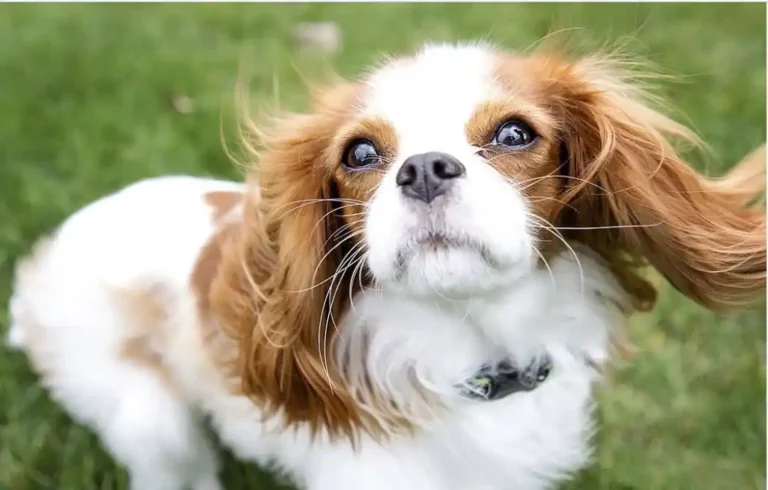
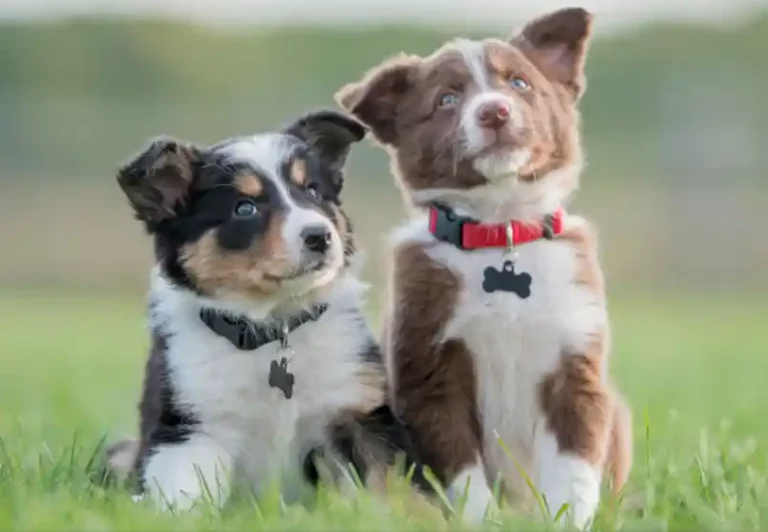
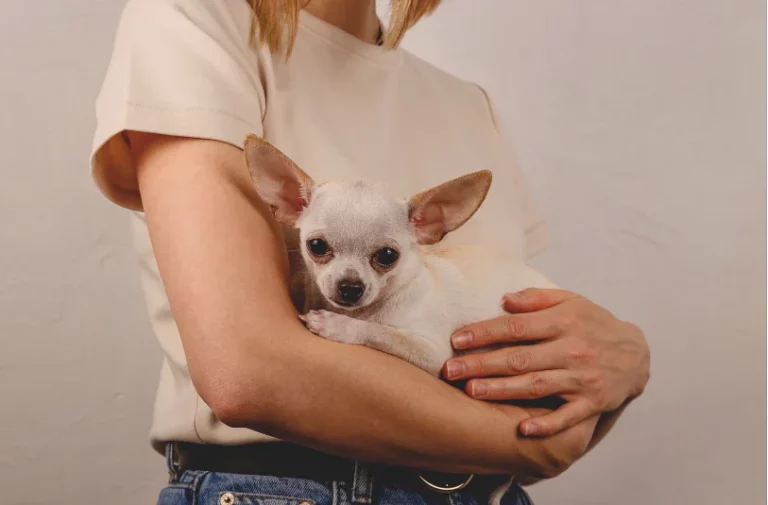
![Do Dogs Know When You Are Sick? [5 Amazing Facts] 9 Do Dogs Know When You Are Sick? [5 Amazing Facts]](https://www.puppiesdiary.com/wp-content/uploads/2023/04/Do-Dogs-Know-When-You-Are-Sick-768x558.webp)
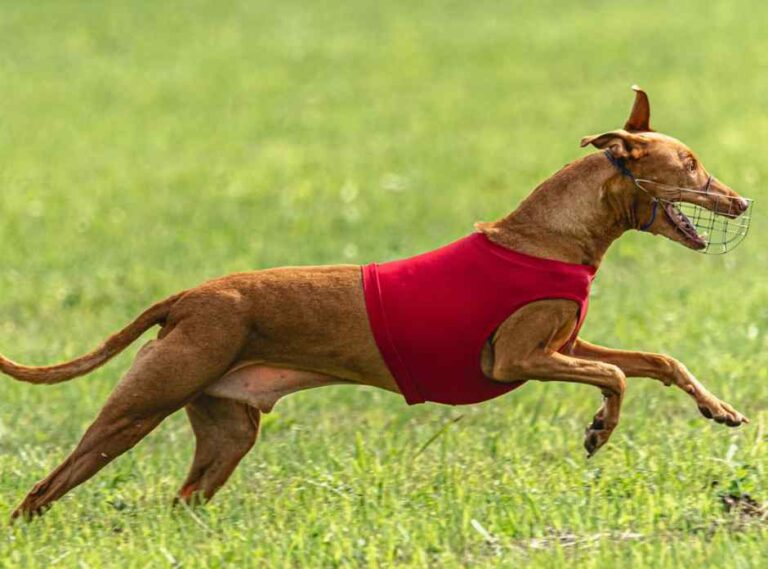
![Is It Bad That I Can Feel My Dog's Microchip? [Vet Conclusion] 11 Is It Bad That I Can Feel My Dog’s Microchip? [Vet Conclusion]](https://www.puppiesdiary.com/wp-content/uploads/2023/02/Is-It-Bad-That-I-Can-Feel-My-Dogs-Microchip-768x500.webp)